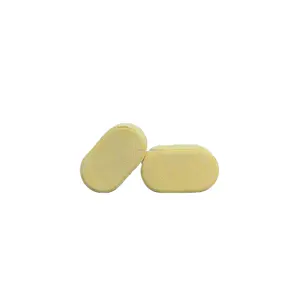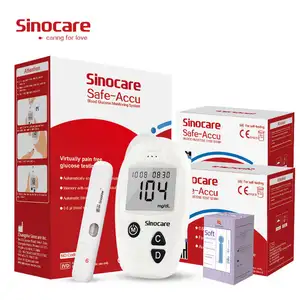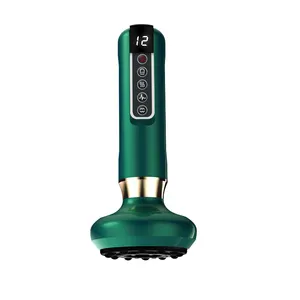Popular in your industry










































































Top categories
About holter monitor
In healthcare, a Holter monitor refers to a device that identifies heart abnormalities. Worn at the waist or chest, it records the heart's electrical signals over an extended period of time. These devices have proven effective in identifying occasional arrhythmias. This condition would otherwise go unnoticed without a Holter monitor test. In this way, holtering improves the lives of those with heart conditions.
Activities to Avoid While Wearing a Heart Holter
To ensure accurate recording, avoid the following activities while wearing a Holter monitor.
As most cardiac event monitors lack waterproofing, avoid swimming or showering, as doing so will damage the electronics. As well, medical professionals recommend forgoing contact sports. Bumping or jostling the Holter heart monitor may interrupt the recording and inflict damage. Moreover, electrical appliances' magnetic underlays may also interrupt the data. Avoid hair dryers, electric razors, and electric blankets, even with a wireless Holter monitor.
For further information, talk to a healthcare provider.
Time Required to Wear a Holter Monitor
Usually, those undergoing heart problems wear Holter for 24 to 48 hours. A medical professional will provide a 24-hour heart Holter in such a case. Yet, the length of time depends on the patient's specific needs. Also, the particular needs of the patient factor into the time, with severe conditions requiring more or having to wear a heart monitor in a hospital. In this case, a medical professional will suggest wearing a heart monitor for 2 weeks. Finally, 30-day Holter monitors offer the most comprehensive analysis. The medical world refers to these devices as event monitors.
How to Prepare for a Holter Monitor
To prepare, follow the instructions provided by the healthcare provider. What follows includes general steps to take.
Wash and dry the chest or waist where the cardiac event monitor will be placed. This will ensure the device will have good contact with the skin. Remove piercings or jewelry that will interfere with the device. Wear loose, comfortable clothing to avoid discomfort. Finally, record symptoms and activity in a diary to provide information that will help in analyzing data.












